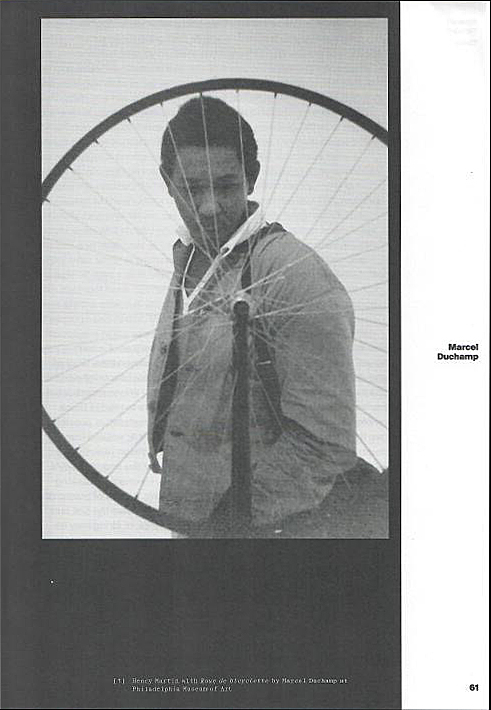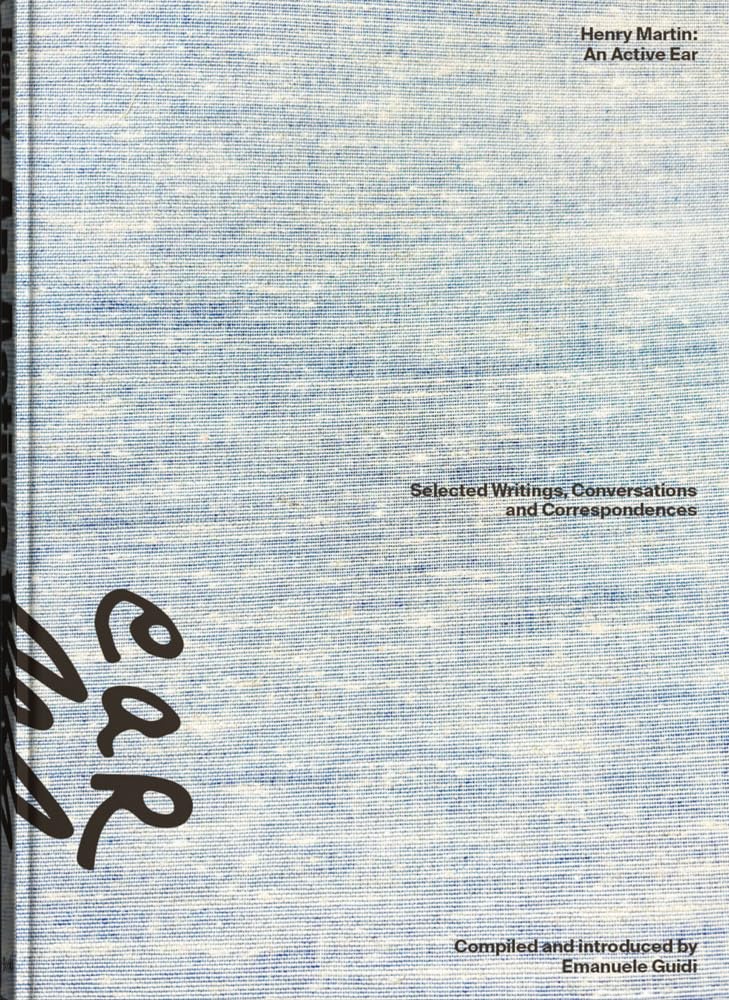Selected Writings, Conversations, and Correspondences
Edited by Emanuele Guidi and Egidio Marzona, with text by Lisa Andreani, Jordan Carter, Luca Cerizza, Allison Grimaldi Donahue, Emanuele Guidi, Henry Martin, and Elisabetta Rattalino
Spector Books ($45)
The remarkable African American art critic, curator, and translator Henry Martin, who died at the age of eighty in 2022, finally gets to be the subject of focus in Henry Martin: An Active Ear. Martin, a native of Philadelphia, was an expatriate author; after attending New York University in the mid-1960s, he traveled to Italy and stayed there, marrying visual artist Berty Skuber and settling with her in the mountainous South Tyrol, where other Americans were scarce.
Martin made his living by contributing articles to magazines and translating Italian texts into English. He was a literary man who came late to art writing; the greatest influence on his prose was another Henry, surnamed James, from whom Martin learned the art of composing extended sentences in long paragraphs. The primary source of his enthusiasm for visual art was Marcel Duchamp, whom he discovered as a teenager in 1950s Philadelphia:
Marcel Duchamp first entered my life when I was fourteen or fifteen years old, surely before I was sixteen when I was old enough to drive. He connects directly to the old red bus at the stop on the corner of the road where my family lived, then a transfer to the green municipal bus somewhere inside the city, and finally the trolly through Fairmount Park to the Philadelphia Museum of Art, which is a great fake Parthenon atop a great fake Acropolis that stares from a distance towards the center of the city and the statue of William Penn on the summit of City Hall.
Fortunately, one of Martin’s first jobs in Italy was helping the Milanese art historian Arturo Schwarz prepare The Complete Works of Marcel Duchamp (Abrams, 1969). This immersion explains, perhaps, why the most profound essays in An Active Ear discuss aspects of Duchamp, who became Martin’s principal teacher in modernist aesthetics as well as a touchstone he returned to for decades; with the Italian painter Gianfranco Baruchello (1924-2023), Martin wrote Why Duchamp (McPherson & Co., 1985).
Nearly all the other people whose work is discussed in An Active Ear descend from Duchamp; about pre-20th-century visual art, of which Italy has so much that is excellent, Martin says little. He favors post-Duchamp artists such as Ray Johnson (1927-1995) and George Brecht (1926-2008), not only in discrete essays but in extended probing interviews. Often does Martin reveal that he knows his subjects personally, not to boast but to give his commentary an intimate authority. Only one of his many subjects is African American: Fluxus artist and musician Benjamin Patterson (1934-2016), who likewise resided for a time in Europe.
Emanuele Guidi has constructed An Active Ear to be an alternative kind of biography; in addition to Martin’s essays and conversations, Guidi includes correspondence between Martin and his favorite subjects as well as occasional informal photographs. Of the last, my favorites appear as endpapers, with Martin holding a white bird (perhaps a dove) on his outstretched hand on the front spread and raising his middle finger beside two white guys on the back spread.
What further makes this book a de facto biography are five appreciations written by people who aren’t artists and a remarkably elegant foreword by John-Daniel Martin, Berty and Henry’s son. The only ungainly thing about the book is its format: the sans serif type and small margins make the reading experience challenging.

Click below to purchase this book through Bookshop and support your local independent bookstore:
Rain Taxi Online Edition Spring 2025 | © Rain Taxi, Inc. 2025

